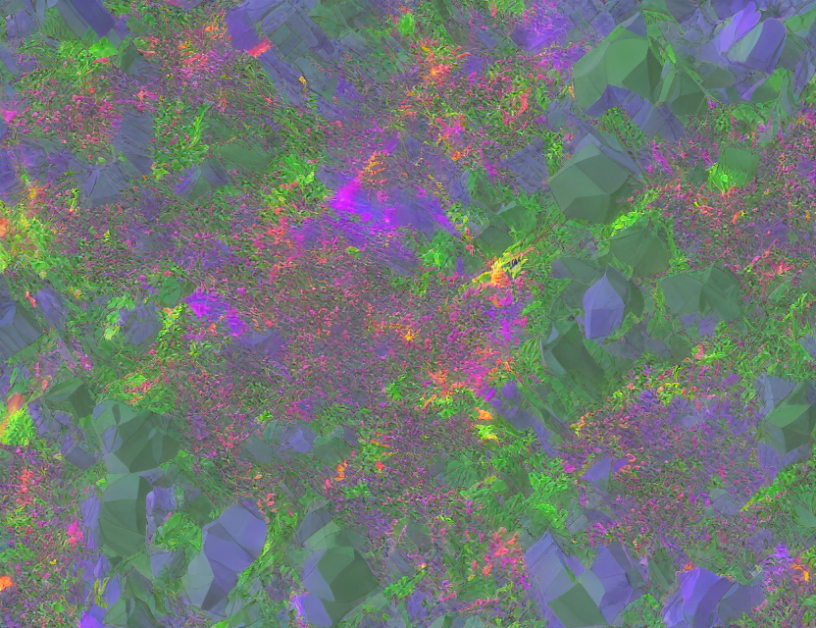Image super-resolution is a technique used to enhance the resolution of low-quality images. In this article, the authors propose a new method for image super-resolution based on sparse representation. Sparse representation is a mathematical technique that represents an image as a combination of a few basic elements, similar to how a recipe book contains a few basic ingredients to create different dishes.
The proposed method forms a practical degradation model to approximate the degradation process of real-world images and develops a convolutional neural network to super-resolve images with diverse degradations. To incorporate the degradation prior into the SR process, the authors design a degradation-modulating convolution (DM-Conv) whose weights are dynamically generated according to the degradation representation. By integrating the proposed DM-Conv with the disentangling mechanism [27], their network (LF-DMnet) can well incorporate spatial and angular information under diverse degradations.
The authors compare their method with other state-of-the-art methods, including DistgSSR [27] and DASR [31]. They show that LF-DMnet outperforms these methods in terms of both visual quality and noise robustness. The authors also demonstrate the effectiveness of their method through various experiments using real-world images.
In summary, this article proposes a new method for image super-resolution based on sparse representation. By approximating the degradation process of real-world images and incorporating the degradation prior into the SR process, the proposed method can effectively enhance the resolution of low-quality images while preserving their spatial and angular information. The authors demonstrate the effectiveness of their method through various experiments using real-world images, showing that it outperforms other state-of-the-art methods in terms of both visual quality and noise robustness.
Computer Science, Computer Vision and Pattern Recognition
Achieving Best Light Field Image Super-Resolution with Realistic Degradation Modeling



